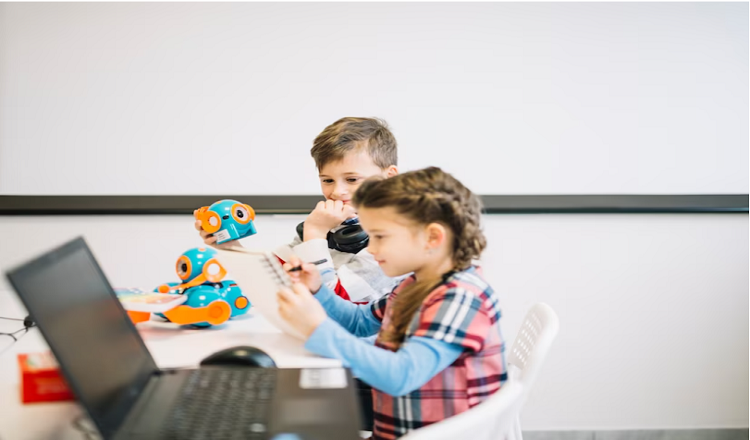In the past few years, education technology has changed a lot. One of the most exciting changes is the use of games in education. Gamification is the process of adding game elements to learning tasks to make them more fun and interesting for students. It is a strong tool that can help teachers make learning more effective and help students do better in school. In this piece, we’ll talk about how gamification can help with education technology.
Boosts participation
One of the best things about gaming is that it makes students more interested in learning. Students are naturally drawn to games, which give them a sense of competition, accomplishment, and satisfaction. Gamification in education makes learning more fun and interesting, which encourages students to be more involved in the process of learning. When students are more interested in what they are learning, they are more likely to remember what they have learned and understand it better.
For instance: Kahoot!
Kahoot! is a famous platform for making learning fun that lets teachers make quizzes, polls, and discussions for their students. It is a great way to make regular learning activities more fun and interesting for students. Kahoot! is easy to use and can be accessed from any device, so it can be used both in and out of the classroom.
Boosts Learning
Gamification can also make learning more fun by giving students quick feedback and letting them choose their own learning paths. When students get feedback right away, they can change how they do things and get better as a result. Students can also move forward at their own pace and focus on areas where they need more practise with personalised learning paths. Gamification can also help people learn how to solve problems and remember what they’ve learned for a long time.
For instance, Duolingo
Duolingo is an app for learning a language that uses game elements to make learning more fun and effective. Users can move up levels, win rewards, and play against other users in the app. Users can see how they’re doing right away and keep track of their growth over time. Duolingo is a great example of how games can help people learn and build skills that are useful in the real world.
Gets people going
Motivation is a key part of learning, and gaming can help a lot in this area. By adding game elements like awards, badges, and leaderboards, teachers can take advantage of students’ natural desire to compete and be recognised. Students are more likely to set goals, work hard, and reach their learning goals when they are inspired.
Classcraft is an example.
Classcraft is a platform for making games that helps teachers make their classrooms more involved and interesting. The game takes place in a fantasy world where players play characters with their own skills and powers. Students get points and prizes when they finish chores, work well with others, and take an active role in learning. Classcraft is a great way to get kids interested and create a good atmosphere in the classroom.
Stress and worry are lessened.
Learning can be stressful, especially for students who aren’t good at certain topics or have trouble remembering what they’ve learned. By making learning more fun and low-pressure, gamification can reduce the stress and worry that come with learning. By making learning less scary and more fun, students can gain confidence and feel like they know what they are doing.
Minecraft: Education Edition is a good example.
Minecraft: Education Edition is a version of the popular game that is made to be played in schools. The game helps students work together and be creative by letting them solve problems and build things together. Minecraft is a great example of how making learning more like playing a game can make it more fun and less stressful.
Improves working together
Collaboration is an important skill in the workplace today, and gamification can help students learn it by pushing them to work together and talk to each other. Gamification can make students feel more like a team by adding competitive elements like team tasks and group rewards. This can lead to more positive interactions between students. When students learn how to work well together, they can do more than they could by themselves.
Quizlet Live is an example.
Quizlet Live is a game-like form of the popular flashcard tool that is meant to help people work together. Students answer questions in groups and compete against other groups. Quizlet Live is a great way for students to work together and talk to each other while also reviewing important ideas and concepts.
In the end,
Gamification is a powerful tool that can help teachers get students more interested in learning, improve their learning results, get them more motivated, lower their stress and anxiety, and get them to work together. By adding game-like features to learning activities, teachers can make them more effective and help students learn skills that are important in today’s workforce. As education technology keeps getting better, we can expect to see more creative ways to use games to make learning more fun and easy for everyone.
Read More You May like:

